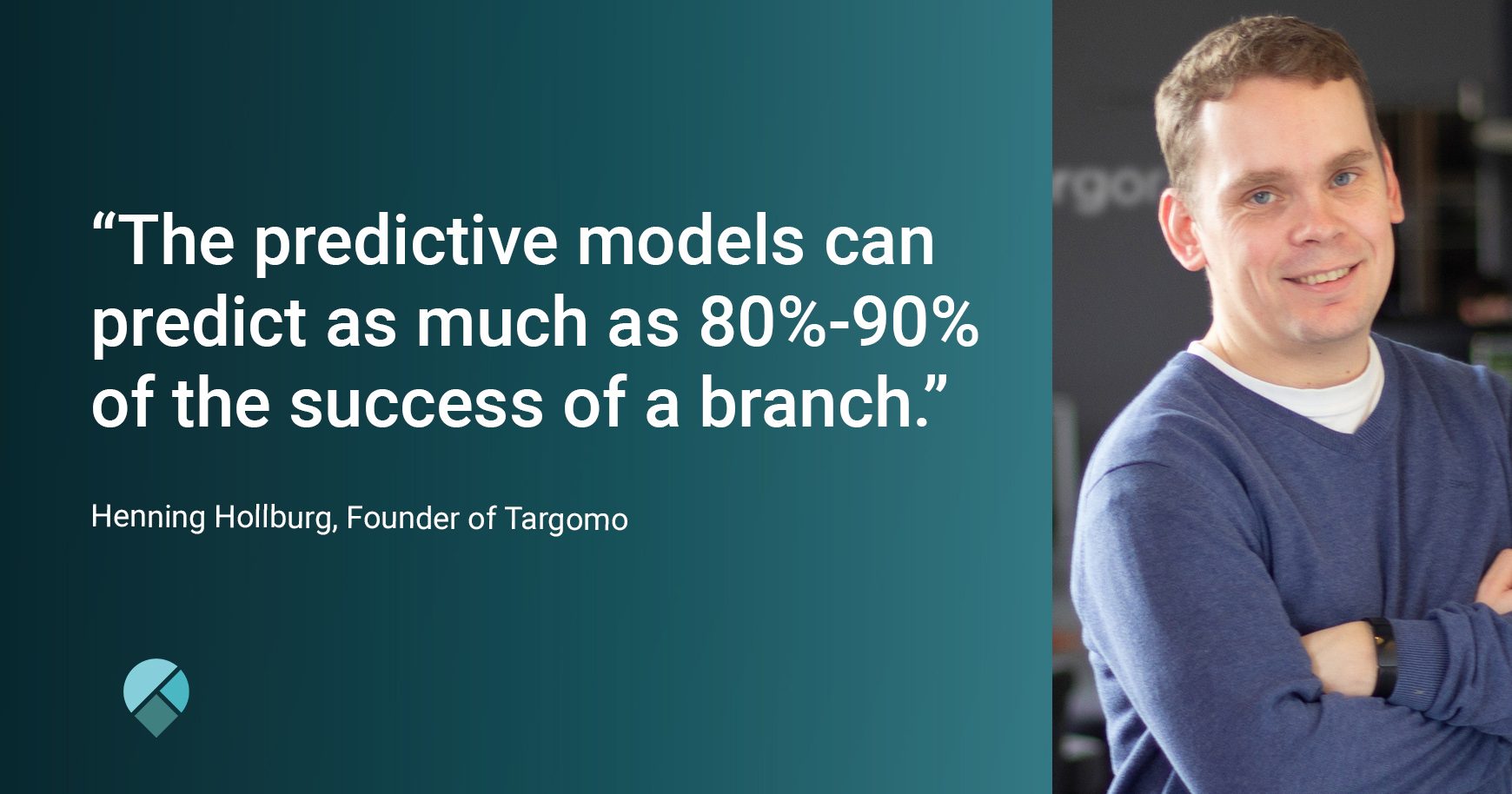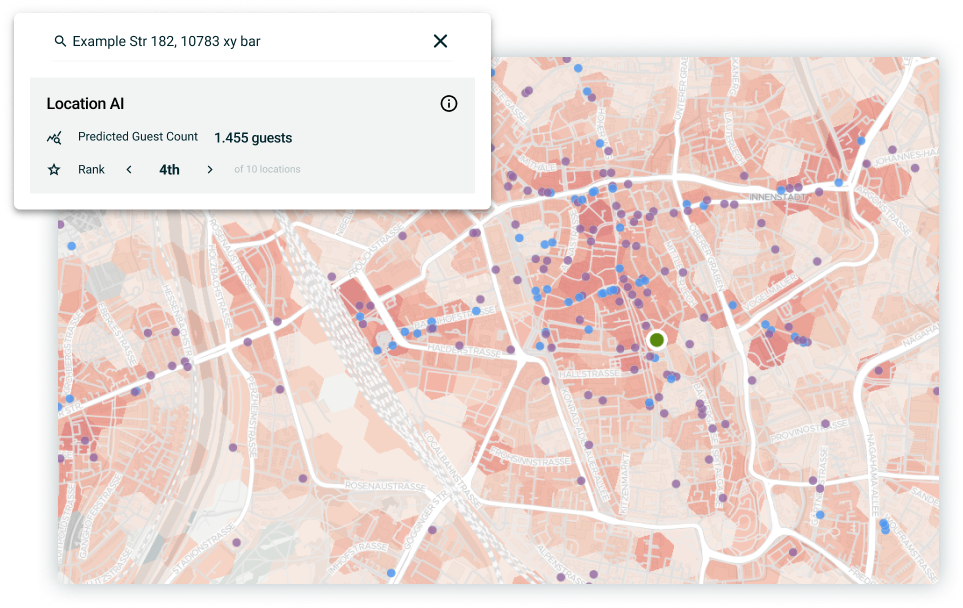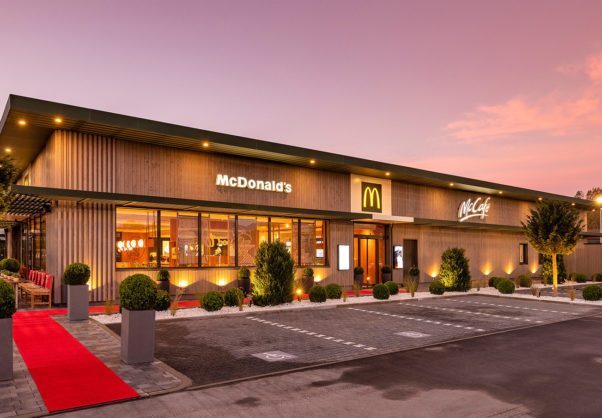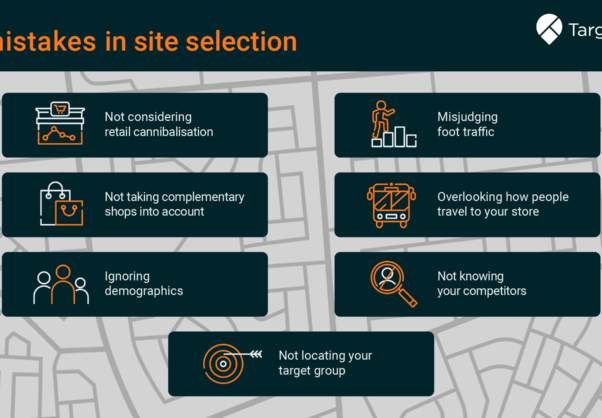
Location can be the difference between success or failure for many businesses. That’s why it’s so important to do proper research before planning the next retail site, whether that’s a gym or a restaurant. With predictive analytics, businesses can now accurately assess the financial impact of location decisions, be it an opening, closing or operational change.
Henning Hollburg, Targomo’s Founder and Managing Director, explains what predictive analytics is and how businesses with physical points of sales can benefit from it.
What is predictive analytics? Is it a new technology?
“Put simply, it’s the application of sophisticated machine learning algorithms to learn from the past and predict future scenarios.
We’ve been working on predictive analytics for years and now we can offer this innovative technology to all the businesses that need it. Enabling technologies have given the field a huge boost in recent years, from better hardware to more powerful models. In addition, the emergence of modern web technologies allows us to develop such solutions in a browser-based environment.”
What’s the advantage of using predictive analytics in location planning?
“Location matters to all businesses that require physical interaction with their clients. It’s the reason why our models can predict as much as 80%-90% of the success of a retail chain branch. It also means that we can tell our clients, with this level of accuracy, what sales they can expect if they want to open a new store. This gives them tremendous planning certainty.
But the potential of the predictions goes beyond new openings. Changes in sales area, opening hours, store type, etc. can also be predicted. And not only for the changed store itself, but for the other stores in the network as well. For example, one customer of ours wants to know which location they should rebrand. Another is concerned with which products they should offer where.”

Predictive analytics provides instant predictions of relevant KPIs (like guest count here) for any potential new location.
How can a client get started?
“At Targomo, it’s a three-stage process. First, the client provides us with their business data. We then train our model with that data, before integrating into TargomoLOOP a custom model for the client with predictions about their business expansion.
The clients’ business data comprises their store locations combined with a number of attributes, so called location-based data. It is typically store size and type, opening hours, last renovation and so on. Clients also provide us with their KPIs like overall revenue, revenue of a specific product, or number of visitors.
Then we analyse the surroundings of each store location to find patterns. Here mainly three types of data come into play: mobility related data like public transit schedules, road networks or movement data, socio-demographic data, and points of interest data. The patterns help us understand which factors cause success or failure. With these metrics/success factors we train a model. And this model allows us to forecast most KPI for given locations.”
What can clients expect from predictive analytics?
“We integrate the model into TargomoLOOP, the intuitive browser-based tool we developed, and they can simply type in any address to see forecasts about revenues, number of visitors and other important considerations for store planning. Ultimately they will be able to understand if putting a store there will be successful or not.
And the great thing is that our model isn’t just useful for retail expansion but also to understand if an existing store is over performing or underperforming. We simply check the business performance of existing stores against the predicted performance using our model. With these insights, the business can optimise its network. It can adapt pricing, product offering, store hours, to replicate success or avoid low performance.”
Where are the limits in building prediction models?
“Of course, the possibility stands and falls with the available data. For example, we sometimes saw that certain stores had lower sales due to renovation work and the resulting closures. They then first appeared in our analysis as underperformers because we had no information on the closures. The more internal data we receive from our client, the better.
But, especially if only a few stores are available, it becomes difficult to identify patterns. Ideally, a network should consist of more than a few dozen stores to develop a meaningful model. In addition, there are also factors that influence performance for which we have no data or that have nothing to do with the location per se. For example, if the staff are particularly friendly and have built up a good customer relationship.”
What is the benefit of partnering with Targomo for predictive analysis?
Targomo has many years of experience in mobility and human movement analysis and have also done a lot of research in this direction. This expertise is incorporated into our analyses and predictions, as the success of stores depends crucially on human movement patterns: it’s all about people getting to businesses, and businesses getting to people. It’s the essential ingredient when looking at forecasting.
Another advantage is that we integrate this prediction model, which is individually developed for the customer, into the analytics platform. This is quite easy to use, so all team members can access it without being a GIS expert or data scientist.
Thanks to Henning for the introduction to predictive analytics. Look out for more stories about this revolutionary technology on Targomo soon.




Comments